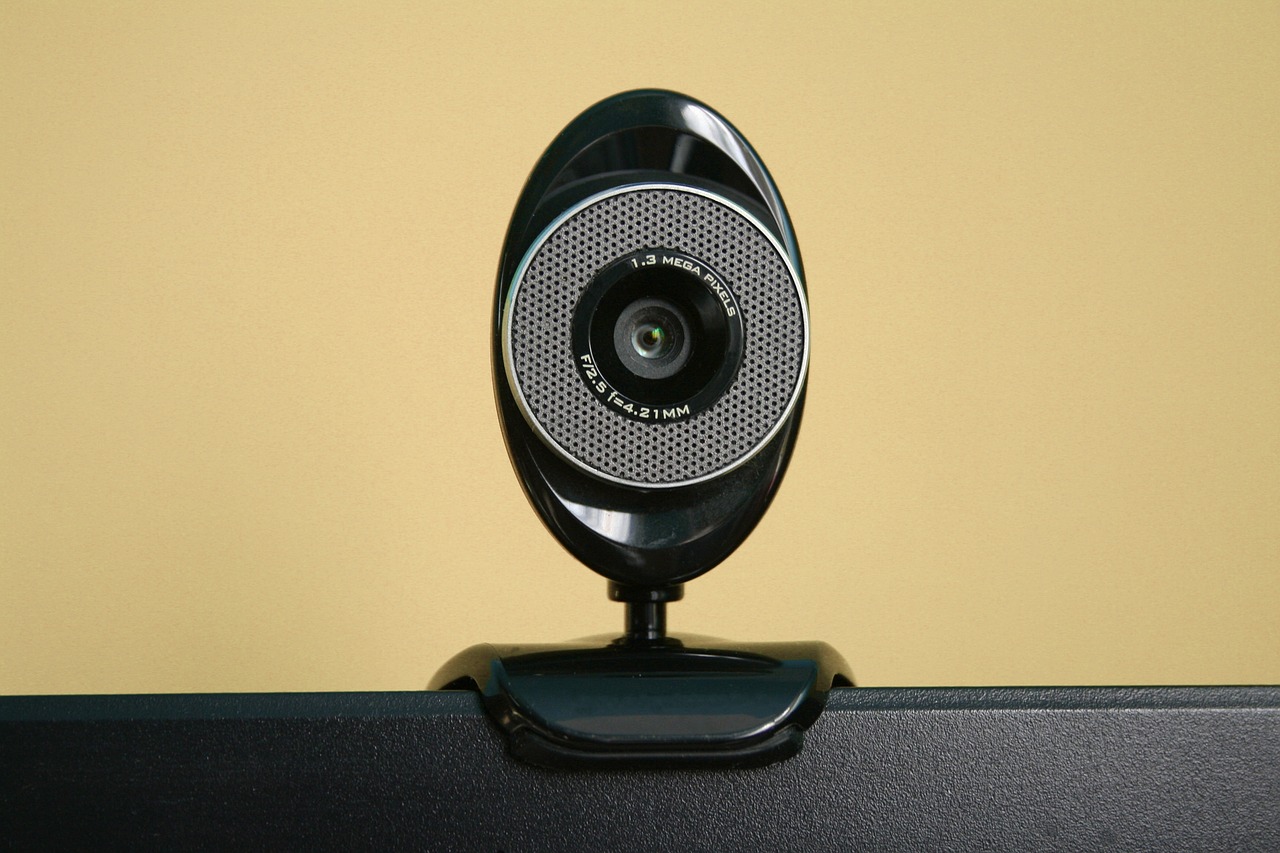Your Camera Might Be Secretly Filming You – How to Stop That?
Experts Explain “Camfecting” – A Camera Hacking Privacy Issue, which Cannot be Fixed by Camcover Two out of three people are worried about criminals tracking them online, according to research by NordVPN. This fear is not irrational — in...

Experts Explain “Camfecting” – A Camera Hacking Privacy Issue, which Cannot be Fixed by Camcover
Two out of three people are worried about criminals tracking them online, according to research by NordVPN. This fear is not irrational — in fact, one of the most common cybersecurity crimes is camera hacking. Criminals can secretly spy on users, record videos of them, and then blackmail the victim by threatening to release the footage publicly. Moreover, unwanted fame is not the only negative effect that “camfecting” can have.
“A camfecting attack is not hard to perform. To hijack your device camera, hackers need to slip remote-control malware into your laptop or smartphone. A cybersecurity attack can be performed by sending infected emails, luring in users into malicious sites, or infecting torrent downloads, or downloads from unauthorized sites. Luckily, it’s easy to spot the warning signs or enhance your computer or smartphone camera security,” says Adrianus Warmenhoven, a cybersecurity expert at NordVPN.
What Are the Signs of Camfecting?
Many signs can give away a hacked camera. For example, if your camera’s indicator light is on or blinking even though you haven’t turned the camera on, it might be a sign that it has been camfecting. Nevertheless, it might not always be the case: an abnormally acting camera light could result from an application running in the background.
There are other signs of potential camfecting, such as faster battery draining, random apps installed without user’s knowledge, device freezing and crashing. It is also advisable to install or run a malware-detecting software, such as Threat Protection or antivirus. If a user notices any of these signs, experts advise to speak to IT professionals.
How to Protect the Device from Camfecting?
“Putting a piece of tape or a camcover over your device’s camera is perhaps the easiest and most reliable way to prevent someone from watching you through your computer camera and improve your home security. However, by putting this physical blocker in place you simply restrict the attacker’s view, but don’t solve the actual issue. Keep in mind that the same malware that allows cybercriminals to access your camera, also can provide access to your personal files, messages, and browsing history,” says Warmenhoven.
To protect yourself from malware, Adrianus Warmenhoven recommends to take the following steps:
Enable firewall. A firewall protects the system by monitoring the network traffic and blocking suspicious connections. Users should have security settings and ensure the computer’s inbuilt firewall is running.Use a reliable antivirus. Users should choose an antivirus with advanced protection against malware, spyware, and viruses. An antivirus program will detect and neutralize malicious threats before they do any harm. For example, NordVPN’s Threat Protection feature neutralizes cyber threats, like malware-ridden files or malicious websites, before they can damage your device.Don’t fall into a phishing trap. Hackers may disguise themselves as support agents and contact users, saying there’s an issue with the device or software and they have to take care of it. It’s a common phishing technique cybercriminals use to slip remote-access software onto a device. Such software then allows them to access your camera and manage its permissions.Another way to lure victims into downloading malware is through phishing emails that hide spoofed URLs and malicious files.Stay secure on public Wi-Fi using VPN. Public Wi-Fi networks are highly vulnerable to hacking. Cybercriminals often target people at free hotspots and try to slip malware into their devices. Users should always use a VPN to secure their Wi-Fi connection and protect themselves from unwanted snoopers.
 Astrong
Astrong 








![Getting Started In SEO: 10 Things Every SEO Strategy Needs To Succeed [Webinar] via @sejournal, @hethr_campbell](https://cdn.searchenginejournal.com/wp-content/uploads/2022/07/featured-62d5d6ed7936d-sej.jpg)























